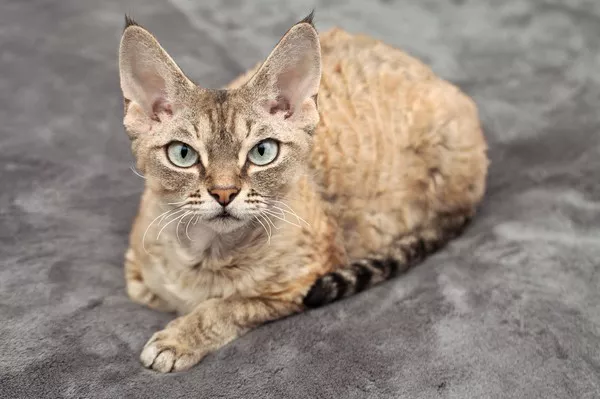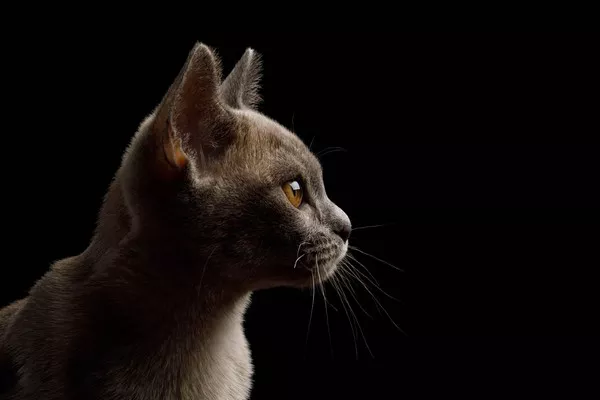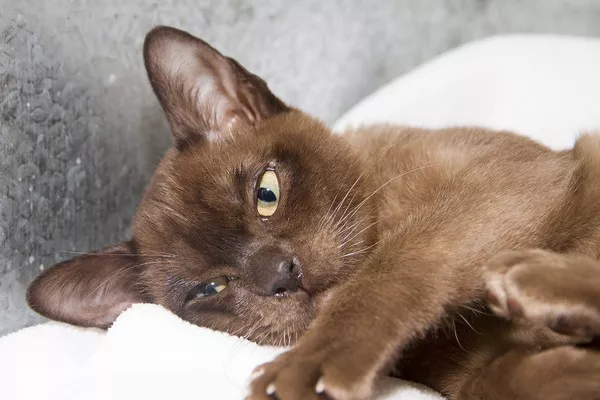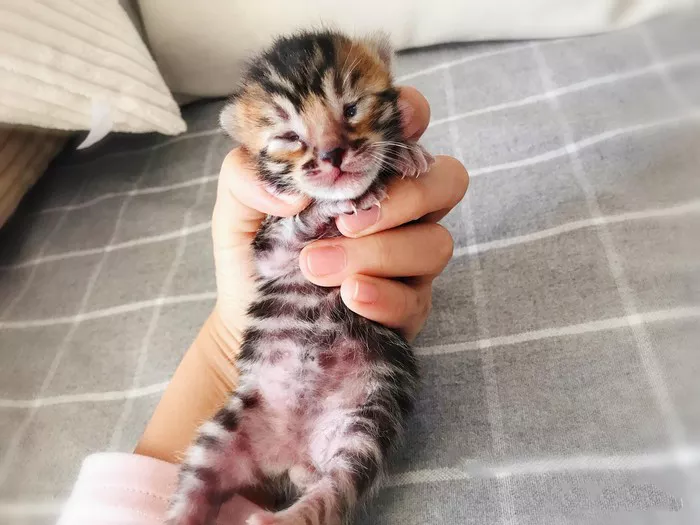The Cornish Rex cat, known for its distinctive curly coat, has long been associated with luxurious and soft fur. However, a prevalent misconception circulates within the feline enthusiast community regarding the length of the Cornish Rex’s hair. In this exploration, we delve into the origins of this misconception, examine the genetic factors at play, and clarify whether Cornish Rex cats can indeed have short hair.
The Curly Conundrum
The hallmark of the Cornish Rex is undeniably its unique curly coat. The breed’s fur is often described as soft, fine, and lying close to the body, creating an elegant and sleek appearance. The genetic mutation responsible for this distinctive coat texture has led many to assume that the Cornish Rex must inherently have long hair. However, this assumption is based on a misunderstanding of the breed’s genetics.
Genetics of the Cornish Rex Coat
To comprehend the truth behind the Cornish Rex’s coat length, it’s crucial to delve into the genetic underpinnings of this feline’s unique appearance. The gene responsible for the breed’s curly coat is a recessive one, meaning that both parents must carry and pass on the gene for it to manifest in their offspring. This gene, denoted as “r” for rex, affects the development of the hair follicles and results in the distinct texture of the Cornish Rex’s coat.
While the gene influences the curliness of the coat, it does not dictate the length of the hair. The misconception that Cornish Rex cats inherently have long hair may stem from the breed’s association with other long-haired breeds, such as the Devon Rex. It is crucial to recognize that the length of a cat’s fur is determined by a different set of genetic factors.
Short-Haired Cornish Rex: Dispelling the Myth
Contrary to popular belief, Cornish Rex cats can indeed have short hair. The breed’s coat length varies, and some individuals may exhibit shorter fur compared to their counterparts. It is essential to understand that the Cornish Rex’s unique coat texture can create an optical illusion, making the fur appear longer than it actually is.
Short-haired Cornish Rex cats do not deviate from the breed standard. They still possess the signature soft and fine fur, with the characteristic curliness that sets them apart. The key distinction lies in the length of the individual hairs, not in the absence of the breed’s defining traits.
Coat Diversity within the Cornish Rex Breed
To appreciate the full spectrum of the Cornish Rex’s coat diversity, one must explore the array of colors and patterns exhibited by the breed. While the focus is often on the unique curliness, the breed showcases a wide range of coat variations. The Cat Fanciers’ Association (CFA) recognizes Cornish Rex cats in various color divisions, including solids, bi-colors, calicos, and pointed patterns, further emphasizing the breed’s versatility beyond the length of the hair.
The existence of short-haired Cornish Rex cats adds to the richness of this breed’s genetic pool. It challenges preconceived notions and underscores the importance of recognizing individual variations within a breed, debunking the myth that all Cornish Rex cats must have long hair.
Factors Influencing Coat Length
Understanding the factors that influence coat length in cats is crucial for dispelling misconceptions surrounding the Cornish Rex breed. While the rex gene contributes to the curliness of the coat, other genetic elements play a role in determining the length of the individual hairs.
Genes related to hair length are distinct from those influencing coat curliness. Cats inherit one set of genes from each parent, and the combination of these genes determines the characteristics of their fur. The interaction of various genetic factors leads to the diverse coat lengths observed not only within the Cornish Rex breed but across all cat breeds.
1. Environmental Influences on Coat Length
In addition to genetics, environmental factors can also influence the length and condition of a cat’s fur. Nutrition, overall health, and exposure to external elements all play a role in shaping the appearance of a cat’s coat. Cornish Rex cats, like any other breed, benefit from a well-balanced diet and proper grooming practices to maintain the health and vitality of their fur.
It’s essential for cat owners and enthusiasts to recognize that individual differences in coat length can be influenced by a combination of genetic and environmental factors. Embracing these variations contributes to a more accurate understanding of the Cornish Rex breed and dispels the myth that all members of the breed must exhibit long hair.
2. Health Considerations for Short-Haired Cornish Rex
Short-haired Cornish Rex cats, like their long-haired counterparts, require attentive care to ensure their overall well-being. While the breed does not have specific health issues associated with coat length, responsible breeding practices and regular veterinary check-ups remain crucial for maintaining the health of all Cornish Rex cats.
Short-haired individuals may be more prone to environmental factors affecting their fur, such as exposure to harsh weather conditions or potential allergens. However, with proper care and attention, short-haired Cornish Rex cats can lead healthy and fulfilling lives, showcasing the same playful and affectionate personality traits that characterize the breed.
The Role of Selective Breeding
The prevalence of the misconception surrounding the Cornish Rex’s coat length highlights the importance of responsible breeding practices. Breeders play a pivotal role in shaping the future of a breed, and their choices influence the genetic diversity within a population.
Responsible Cornish Rex breeders prioritize the preservation of the breed’s unique characteristics, including the distinctive coat texture. However, they also recognize the natural variations that can occur within the breed, ensuring that individual differences in coat length are not misconstrued as deviations from the standard.
Short-Haired Cornish Rex in Popular Culture
The presence of short-haired Cornish Rex cats has not only been observed within breeding circles but has also made its mark in popular culture. As more individuals become aware of the breed’s diverse coat lengths, short-haired Cornish Rex cats are gaining visibility in media, advertisements, and social media platforms.
This increased representation challenges outdated stereotypes and contributes to a more accurate and nuanced understanding of the Cornish Rex breed. Short-haired individuals showcase the breed’s adaptability and further emphasize the importance of embracing diversity within the feline world.
Conclusion
In conclusion, the notion that all Cornish Rex cats must have long hair is a misconception that stems from a misunderstanding of the breed’s genetics. The Cornish Rex’s unique coat texture, characterized by soft curls, can be present in cats with varying fur lengths. Short-haired Cornish Rex cats not only exist but contribute to the overall diversity and richness of the breed.
Understanding the genetic and environmental factors influencing coat length is crucial for dispelling myths surrounding the Cornish Rex. Responsible breeding practices, attentive care, and an appreciation for individual variations within the breed all contribute to a more accurate portrayal of the Cornish Rex cat.
As we continue to unravel the mysteries of feline genetics and behavior, it becomes evident that the world of cat breeds is far more nuanced and diverse than previously thought. Short-haired Cornish Rex cats stand as a testament to the complexity and beauty inherent in the world of feline companionship, challenging assumptions and expanding our appreciation for these captivating and unique creatures.



























